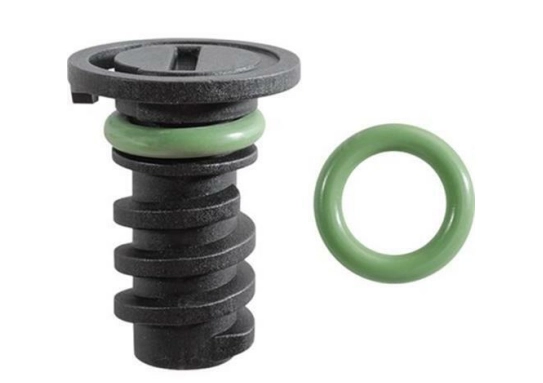flat gasket seal
Understanding Flat Gasket Seals Importance and Applications
Flat gasket seals are essential components in various industrial applications, serving as a critical interface between two mating surfaces to prevent leakage. They are typically made from materials such as rubber, cork, metal, or composite materials, designed to provide a reliable seal under varying conditions of pressure and temperature.
The primary function of a flat gasket seal is to fill the gap between two surfaces, ensuring a tight seal that can withstand the forces exerted by fluids or gases. This is crucial in preventing leaks, which can lead to loss of resources, environmental hazards, and even unsafe operating conditions. The effectiveness of a flat gasket seal depends significantly on its material properties, thickness, and the compressive forces applied during assembly.
One of the most common applications of flat gasket seals is in machinery and equipment that involves fluid transfer
. For instance, in automotive engines, gaskets are used to seal joints between components like the cylinder head and the engine block, thereby preventing the escape of oil and coolant. Similarly, in industrial pipelines, flat gaskets are utilized at flanged connections to ensure that gaseous or liquid materials remain contained, safeguarding both the integrity of the system and workplace safety.flat gasket seal

The choice of material for flat gaskets is paramount. Different applications require different properties. For example, neoprene gaskets are ideal for environments exposed to oils and fuels, while PTFE (Teflon) gaskets are preferred in situations requiring chemical resistance. Metal gaskets, often used in high-pressure and high-temperature applications, provide durability and strength, ensuring reliable performance even under extreme conditions.
However, the use of flat gasket seals does come with challenges. Over time, they can degrade due to thermal fatigue, chemical exposure, or mechanical stress. Regular maintenance and timely replacement of gaskets are crucial to ensure optimal performance and prevent potential failures. Engineers must conduct thorough inspections and assess the condition of gaskets during maintenance checks, replacing them when signs of wear or damage are identified.
In conclusion, flat gasket seals play an indispensable role across numerous industries, where preventing leaks is crucial for operational efficiency and safety. With advancements in material technology, the effectiveness and reliability of flat gaskets continue to improve, making them a key component in the design of modern machinery. Understanding their importance and ensuring proper selection and maintenance can significantly enhance the longevity and performance of the systems they protect.
-
The Ultimate Guide to Boat Propeller Bearings and Trailer Wheel Bearings
News Jul.31,2025
-
The Essential Guide to Marine Bearings and Boat Trailer Wheel Bearings
News Jul.31,2025
-
The Complete Guide to Heavy Duty Seals: Protecting Doors and Spaces Efficiently
News Jul.31,2025
-
Essential Guide to Marine Shaft Bearings and Boat Trailer Axle Bearings
News Jul.31,2025
-
Comprehensive Guide to Marine and Trailer Bearings for Safe Boating and Transport
News Jul.31,2025
-
Comprehensive Guide to Automotive Oil Seals: Protecting Your Engine and Shafts
News Jul.31,2025
-
Understanding Automotive Oil Seals: Essential Components for Engine and Shaft Protection
News Jul.30,2025
Products categories















